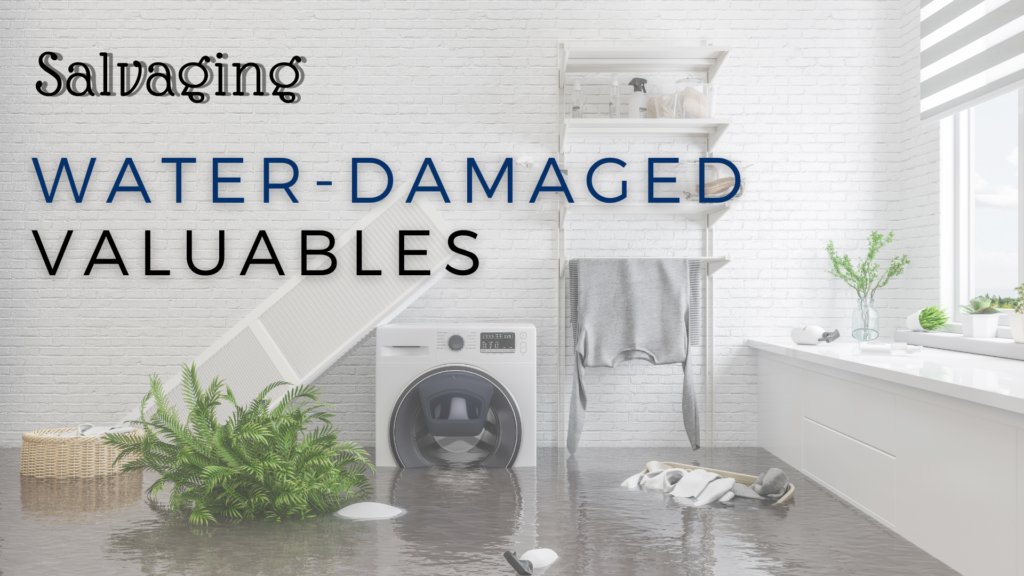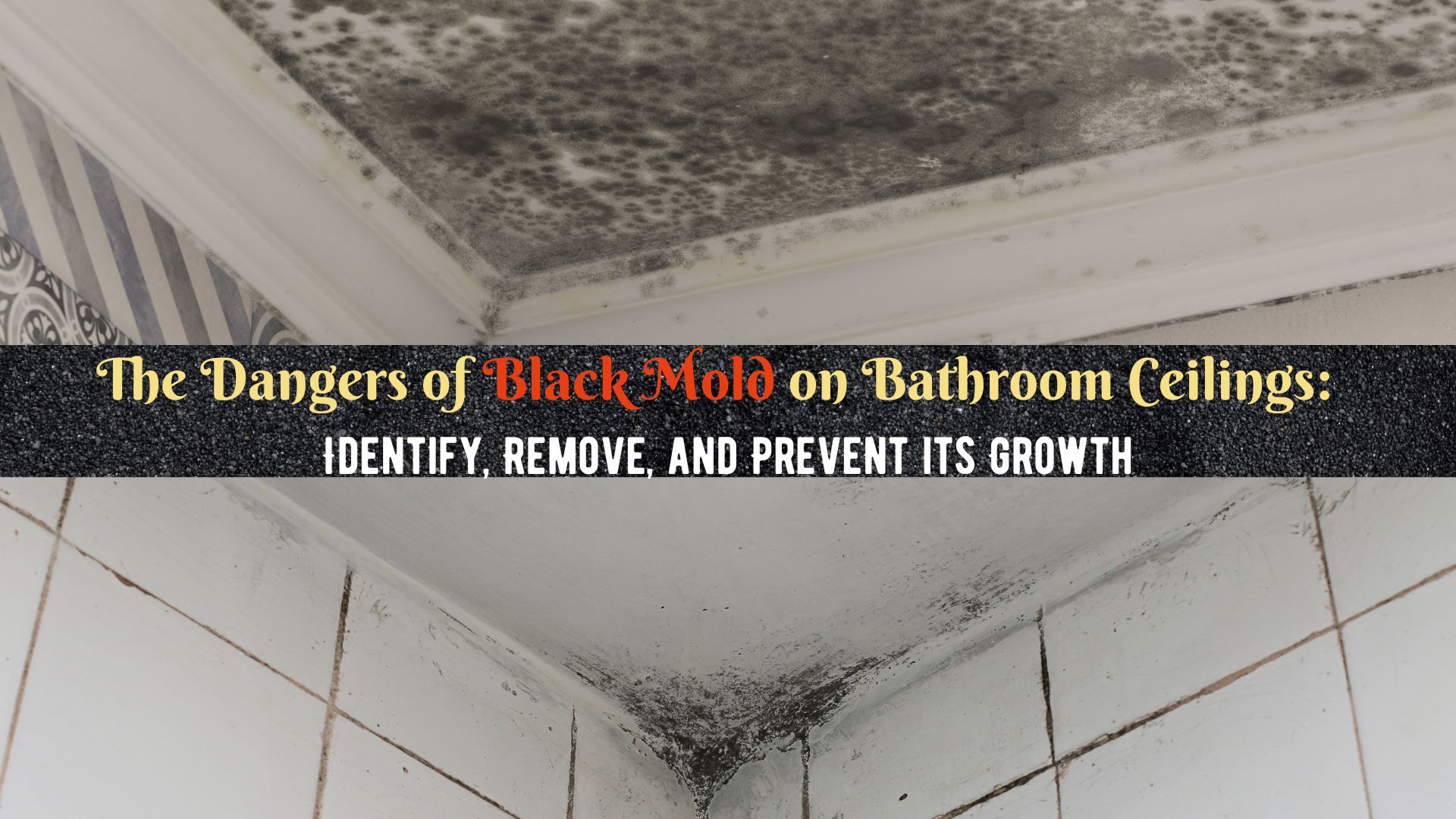
Water Damage – Here Comes the Trouble!
There is nothing more upsetting than seeing your personal belongings including your precious possessions damaged by water. Flash floods, heavy rainstorms, or even simple indoor flooding can cause extreme damage to our homes and also to our valuables. The best way to recover water-damaged valuables is by acting as quickly as possible.
Luckily, there are some ways you can do to salvage water-damaged valuables. When rainstorms or flash floods were the cause of water damage, your safety should be your top priority. Be sure that your home is structurally safe, before accessing it.
How To Salvage Water-Damaged Valuables
1. Clothing
Be a little more cautious when applying any treatments to water-damaged clothing. Some cleaning mixtures contain TSP which means Tri-Sodium Phosphate. TSP is a strong cleaning agent that can cause a burning effect on clothing.
You may use bleach for white clothes and a cup of pine oil for colored ones to disinfect the clothes. Hanging it dry under the sun can also help in killing other bacteria.
Make sure to separate white clothes from colored ones to avoid transferring dye. If mildew has started to grow, remove it by washing the stain with warm water and soap. Then, let it dry in the sun.
2. Smartphones
Water-damaged smartphones are a little bit tricky to restore. In a moment of panic, your immediate reaction might be turning your phone on to see whether it is still going to work or not. But this is actually the total opposite of what needs to be done.
Do not turn on your smartphone after water damage. Strip everything that can be removed such as the battery, sim card, MicroSD, and others. Place it on a towel to soak up water particles and dry the surface. To quickly dry your water-damaged phone, you might need a more powerful suction, a vacuum cleaner. This will help in removing water that is lingering in the internal part of your phone.
Never use a hairdryer. Blowing hot air on your water-damaged smartphone could cause it to collapse.
3. Electrical Appliances
Do not turn on electrical appliances, such as microwaves, washers, and dryers, after they got exposed to water. Doing so could further damage your belongings and you could pose a risk of electrical shock or fire. It is best to wait for an electrical technician to evaluate these water-damaged appliances. Never do it on your own.
4. Photos
Photos are important valuables we can have and we want to keep them forever. Luckily, with some simple tips, we can now restore water-damaged photos.
Carefully remove photos from mud and dirty water. Then rinse both sides of the photo in a bucket or a sink with clean water. Make sure not to touch the surface of the water. After washing the photos, place them face-up on any absorbent paper towels. Change the paper towels every hour or when it is needed to quickly dry out the photos.
5. Leather Goods
Salvaging water-damaged leather goods requires simple cleaning and drying. Wipe them with a clean damp cloth, then a clean dry cloth. To keep the shape of leather shoes and bags, fill the inside with newspapers. When leather goods are completely dried out, wash it with saddle soap. Let it dry.
6. Furniture
To clean or sanitize water-damaged furniture, use a mild soap, a detergent, or a mixture of Tri-Sodium Phosphate, chlorine bleach, and a gallon of warm water. Dry the furniture thoroughly.
Unfortunately, extensive water damage might totally damage furniture with porous materials.
7. Rugs and Carpets
It is essential to dry out rugs and carpets as quickly as possible to avoid mold growth. Damp rugs and carpets can be a perfect place for mold colonization. Thus, carpet mold removal is necessary. Lay them in a place where there is proper air circulation. Turn on fans to speed up the drying process. Make sure that the rugs and carpets are thoroughly dry, including the base part. If your rugs and carpets have been soaked up with a large amount of water, call professionals to clean them properly.
8. Books and Documents
If a book has been exposed to dirty water, hold it closed and rinse it with clean water. Lay it flat on an absorbent towel. Insert paper towels alternately to absorb the water. Continue the process until the water is completely removed. Place water-damaged documents in a container and put them in a freezer. This will avoid documents from getting crashed. Set the temperature to the lowest setting.
9. Metal Objects
If metal objects have been exposed to floodwater, rinse them thoroughly with clean water and dry them immediately with a soft cloth. Turn on fans to speed up the drying process.
10. Fabrics and Textiles
You might need to be extra careful when cleaning wet textiles, as it gets weaker when wet. Remove debris and mud with gently flowing water or a fine hose spray. Remove excess water with dry towels. Wash them again with a mild detergent to remove any stains and smells.
After reading this article, you now have ideas on how to salvage water-damaged valuables. But if you need help with restoration and cleanup caused by severe weather or flooding, you can call Superior Restoration of Corona. We deal with all types of water damage emergencies.




